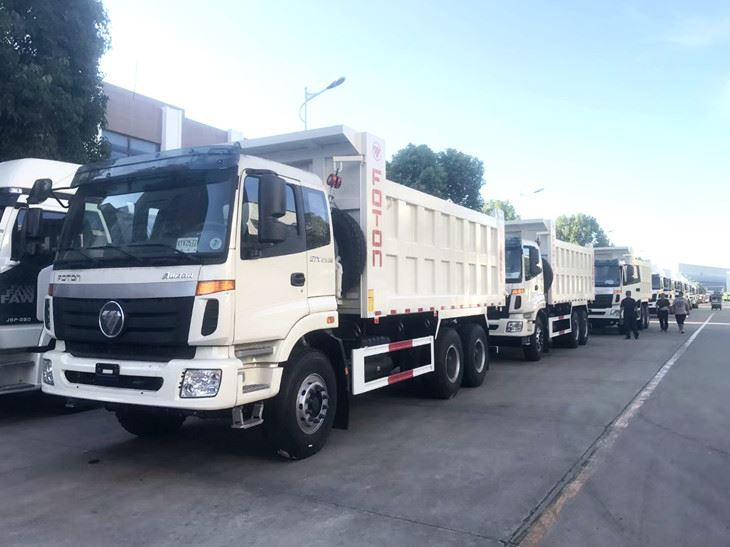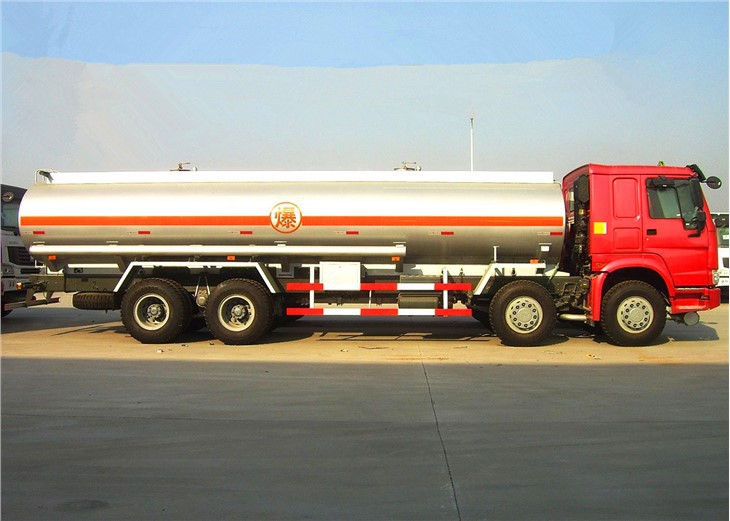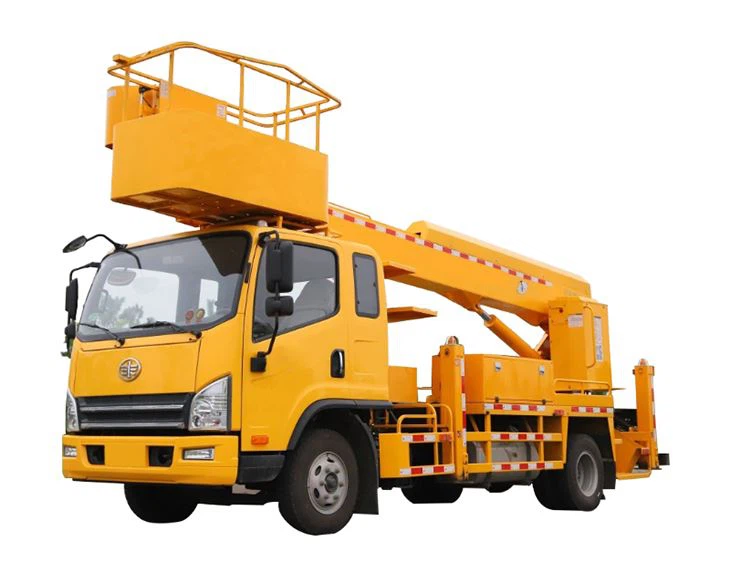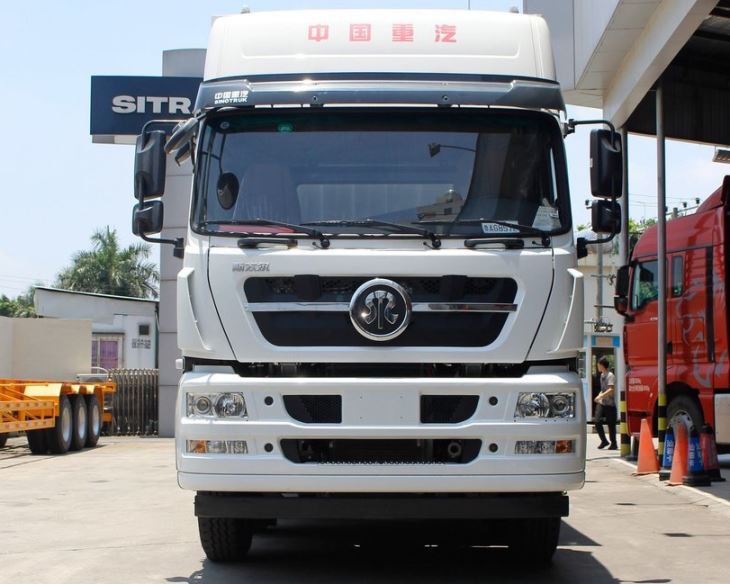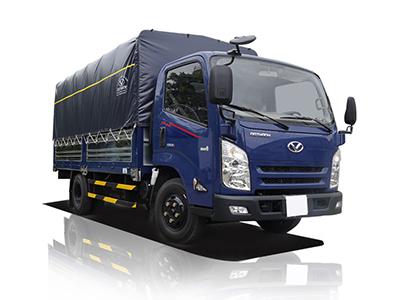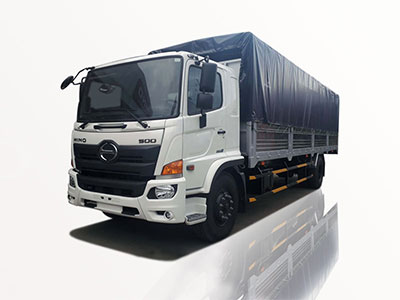Fire trucks play an essential role in emergency response, providing vital services for firefighting, rescue operations, and medical emergencies. However, the effectiveness of these vehicles often hinges on their dimensions, which can vary significantly based on their design, purpose, and equipment. In this article, we will delve into the various dimensions of fire trucks, helping you understand their sizes, standard measurements, and considerations for specific types. Whether you are a firefighter, emergency services planner, or just curious, this guide will provide valuable insights into fire truck dimensions.
1. Overview of Fire Truck Types
1.1. Types of Fire Trucks
Fire trucks come in various types, each designed for specific functions. The primary types include:
- Engine Trucks
- Ladder Trucks
- Rescue Trucks
- Tankers
- Aerial Trucks
1.2. Importance of Understanding Fire Truck Dimensions
Understanding the dimensions of different fire truck types is crucial for ensuring that they can navigate urban environments, fit into fire stations, and access emergency sites effectively. Knowledge of size dimensions also assists in planning and resource allocation within emergency management services.
2. Standard Fire Truck Dimensions
2.1. Engine Trucks
Engine trucks are the backbone of fire departments, equipped with water pumps and hoses. Their dimensions typically range as follows:
| Dimension | Typical Range |
|---|---|
| Length | 24 – 34 feet |
| Width | 8 – 9 feet |
| Height | 9 – 10 feet |
2.2. Ladder Trucks
Ladder trucks are crucial for reaching higher elevations during firefighting and rescues. Their dimensions are usually as follows:
| Dimension | Typical Range |
|---|---|
| Length | 30 – 50 feet |
| Width | 8 – 10 feet |
| Height | 10 – 12 feet |
2.3. Rescue Trucks
Rescue trucks are designed to carry specialized rescue equipment. Their dimensions typically include:
| Dimension | Typical Range |
|---|---|
| Length | 20 – 30 feet |
| Width | 8 – 9 feet |
| Height | 9 – 10 feet |
2.4. Tankers
Tankers are essential for water supply in areas lacking hydrants. Their dimensions include:
| Dimension | Typical Range |
|---|---|
| Length | 25 – 35 feet |
| Width | 8 – 10 feet |
| Height | 10 – 12 feet |
2.5. Aerial Trucks
Aerial trucks are designed for high-reaching operations and often include a telescoping ladder. Their dimensions typically involve:
| Dimension | Typical Range |
|---|---|
| Length | 35 – 55 feet |
| Width | 8 – 10 feet |
| Height | 11 – 13 feet |
3. Factors Influencing Fire Truck Dimensions
3.1. Purpose and Functionality
The primary function of the fire truck significantly influences its dimensions. Trucks designed for urban settings may have different sizes compared to those used in rural areas, where larger water tanks might be necessary.
3.2. Equipment and Technology
The inclusion of modern equipment, such as advanced pump systems or hydraulic ladders, can also affect the overall dimensions of a fire truck. More advanced systems might require additional space within the vehicle.
3.3. Regulatory Standards
Each state or region may have regulations governing the sizes of emergency vehicles, affecting their design and dimensions. Fire departments must ensure compliance with these regulations while designing or purchasing fire trucks.
3.4. Maneuverability
Fire trucks must navigate through tight spaces in urban areas, and their dimensions are crucial for ensuring that they can reach emergency sites effectively without bottlenecks.
4. Practical Examples and Tips for Fire Departments
4.1. Evaluating Fire Truck Size Requirements
When selecting a fire truck, departments should evaluate local needs, including population density, types of buildings, and emergency response times. For example, an engine truck might be more suitable for densely populated urban areas, while tankers may be required in rural regions.
4.2. Station Planning and Design
Fire stations must be designed to accommodate fire trucks. Ensure that the dimensions of the garage doors and entryways are aligned with the fire truck sizes. Measure the height and width accordingly to allow for easy access.
4.3. Future-Proofing Fire Truck Purchases
Investing in larger or more versatile fire trucks can provide benefits in the long run, allowing for changing needs as populations grow or emergencies become more complex. Modularity in design can also allow for upgrading equipment without needing to purchase an entirely new truck.
4.4. Training and Simulation
Firefighters should undergo training to familiarize themselves with different truck sizes and handling characteristics. Simulations can enhance effectiveness in real emergencies, especially in confined spaces.
5. Comparison of Global Fire Truck Dimensions
5.1. U.S. Fire Truck Dimensions
In the United States, fire truck dimensions generally follow industry standards, as previously discussed, but can vary by state. Ensure that local fire departments adhere to the NFPA (National Fire Protection Association) guidelines.
5.2. European Fire Truck Dimensions
European fire trucks may vary due to different regulations and standards governing emergency vehicle sizes. For example, many compact European cities utilize smaller fire trucks designed for narrow roads.
5.3. Comparison Table of U.S. vs. European Fire Trucks
| Type | U.S. Dimensions | European Dimensions |
|---|---|---|
| Engine Truck | 24 – 34 ft | 20 – 30 ft |
| Ladder Truck | 30 – 50 ft | 28 – 40 ft |
| Rescue Truck | 20 – 30 ft | 19 – 28 ft |
6. Fire Truck Specifications and Customization
6.1. Common Fire Truck Specifications
The specifications of fire trucks often include not just dimensions, but also performance metrics like pump capacity, water tank size, and weight limits. A comprehensive analysis of these specifications helps departments choose the right fire truck for their needs.
6.2. Customization Options
Fire trucks can be customized to fit the unique needs of a fire department. Considerations for customization include:
- Size and weight adjustments
- Additional equipment storage
- Specialized firefighting tools
6.3. Impact of Customization on Dimensions
Customizations can affect fire truck dimensions. For instance, adding more storage compartments or specialized equipment can increase the size of the vehicle. Departments must account for these changes when planning for vehicle maintenance and storage.
7. Future Trends in Fire Truck Design
7.1. Advances in Technology
As technology advances, fire trucks are becoming more efficient and compact. Electric fire trucks, for example, are beginning to emerge as an environmentally friendly alternative, often boasting smaller dimensions while still maintaining effectiveness.
7.2. Increased Emphasis on Versatility
Future fire trucks will likely focus more on versatility, allowing departments to adapt to a range of emergencies beyond traditional firefighting, such as flood rescue or hazardous material incidents.
7.3. Sustainability Considerations
Sustainability is becoming a priority in fire truck design, impacting dimensions as manufacturers look to reduce the overall size and weight without sacrificing performance.
8. Frequently Asked Questions (FAQ)
8.1. What are the average dimensions of a fire truck?
The average dimensions of a fire truck vary by type, but many engine trucks typically range from 24 to 34 feet in length, 8 to 9 feet in width, and 9 to 10 feet in height.
8.2. How do fire truck dimensions affect their performance?
Fire truck dimensions influence navigation, effectiveness in urban settings, and the ability to respond quickly to emergencies. Incorrect dimensions can hinder access to tight spaces or mismatched station sizes.
8.3. Are fire truck sizes standardized worldwide?
No, fire truck sizes are not standardized worldwide. Dimensions can vary significantly based on regional regulations, urban designs, and the specific types of hazards each area faces.
8.4. Can fire trucks be customized for specific needs?
Yes, fire trucks can be extensively customized. Fire departments can choose specific dimensions, equipment, and features to meet their operational requirements and local challenges.
8.5. Why are some fire trucks smaller in size?
Some fire trucks are designed to be smaller for better maneuverability in urban areas and congested streets, allowing for quick access to emergency sites.
8.6. What is the average weight of a fire truck?
The average weight of a fire truck varies by type, but most engine trucks typically weigh between 20,000 to 40,000 pounds, depending on their size and the equipment they carry.
